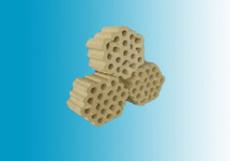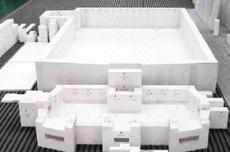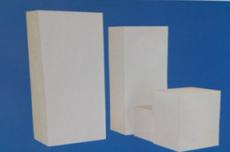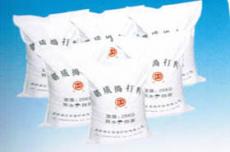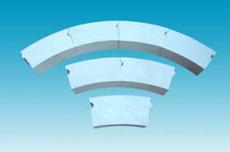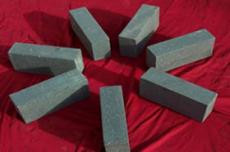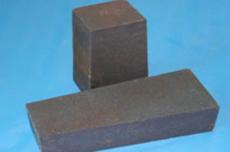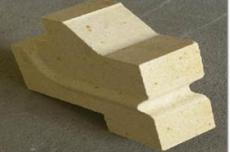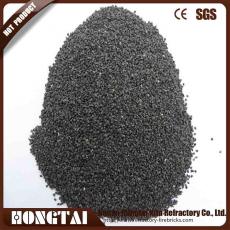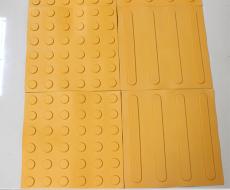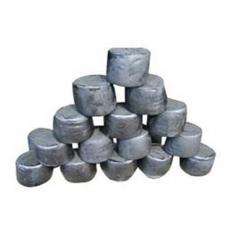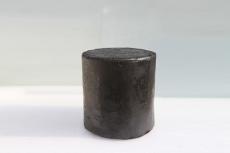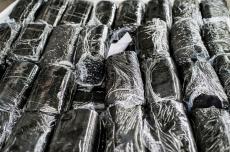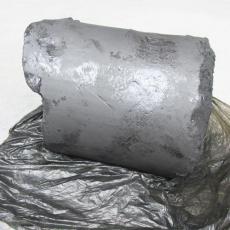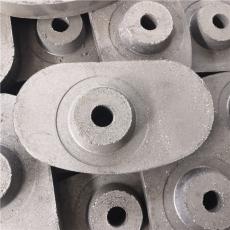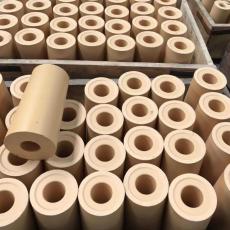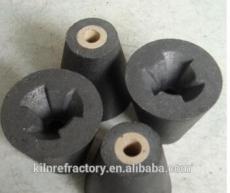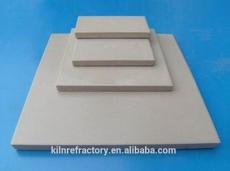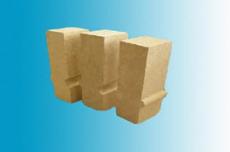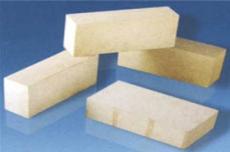
Heat-resistant steel fiber reinforced refractory materials are widely used, mainly due to their high strength, high toughness, excellent fire resistance and good thermal shock resistance. The following is a detailed analysis of the application of heat-resistant steel fiber reinforced refractory materials:
1. Main application areas
Industrial kiln lining:
Heat-resistant steel fiber reinforced refractory materials can be used to cast industrial furnace linings that are in contact with high-temperature gases and solid materials, such as electric furnace tops, heating furnace tops, soaking furnace covers and walls, heat treatment furnace linings, etc.
It can also be used as a lining for vertical roasters to improve the high temperature resistance and durability of the kiln.
High temperature vessels and launders:
In containers, launders and components that are in discontinuous contact with high-temperature melts, such as electric furnace tapping troughs, molten iron desulfurization mixers, etc., the application of heat-resistant steel fiber reinforced refractory materials can significantly improve the strength and wear resistance of these components. .
Industrial boiler parts:
This material can be used in furnace mouths, side walls, tops, returners and other parts of industrial boilers to improve the overall fire resistance and thermal efficiency of the boiler.
Kiln Repairs:
Heat-resistant steel fiber reinforced refractory materials can also be used to repair industrial furnaces to improve the toughness, strength and thermal shock resistance of the cast lining.
2. Main performance advantages
High strength and toughness:
The addition of heat-resistant steel fibers significantly improves the strength and toughness of refractory materials, allowing them to withstand greater external forces and temperature gradient changes.
Excellent fire resistance:
The combination of heat-resistant steel fiber and refractory base material enables the material to maintain stable performance at high temperatures and is not prone to deformation or melting.
Good thermal shock resistance:
Heat-resistant steel fiber reinforced refractory materials can resist stress changes caused by thermal shock and reduce the generation and expansion of micro-cracks, thereby improving the durability of the material.
Wear resistance:
The material has high wear resistance and can withstand friction and wear in high temperature environments for a long time.
3. Examples of specific application scenarios
Cement rotary kiln:
Heat-resistant steel fiber reinforced refractory materials are widely used in the cooling barrel lining, grate cooler, kiln head cover, decomposition furnace, preheater and other parts of the cement rotary kiln to improve its high temperature resistance and durability.
Steel smelting equipment:
In the steel smelting process, heat-resistant steel fiber-reinforced refractory materials can be used as linings for equipment such as ladles and ladles to improve the high-temperature resistance and service life of the equipment.
Other industrial areas:
In the petrochemical, non-ferrous metal, ceramic industry and other fields, heat-resistant steel fiber reinforced refractory materials are also widely used in various high-temperature equipment and containers.
Heat-resistant steel fiber reinforced refractory materials are widely used in industrial furnace linings, high-temperature vessels and launders, industrial boiler parts, and kiln repairs due to their high strength, high toughness, excellent fire resistance and good thermal shock resistance. has been widely used in the field.
